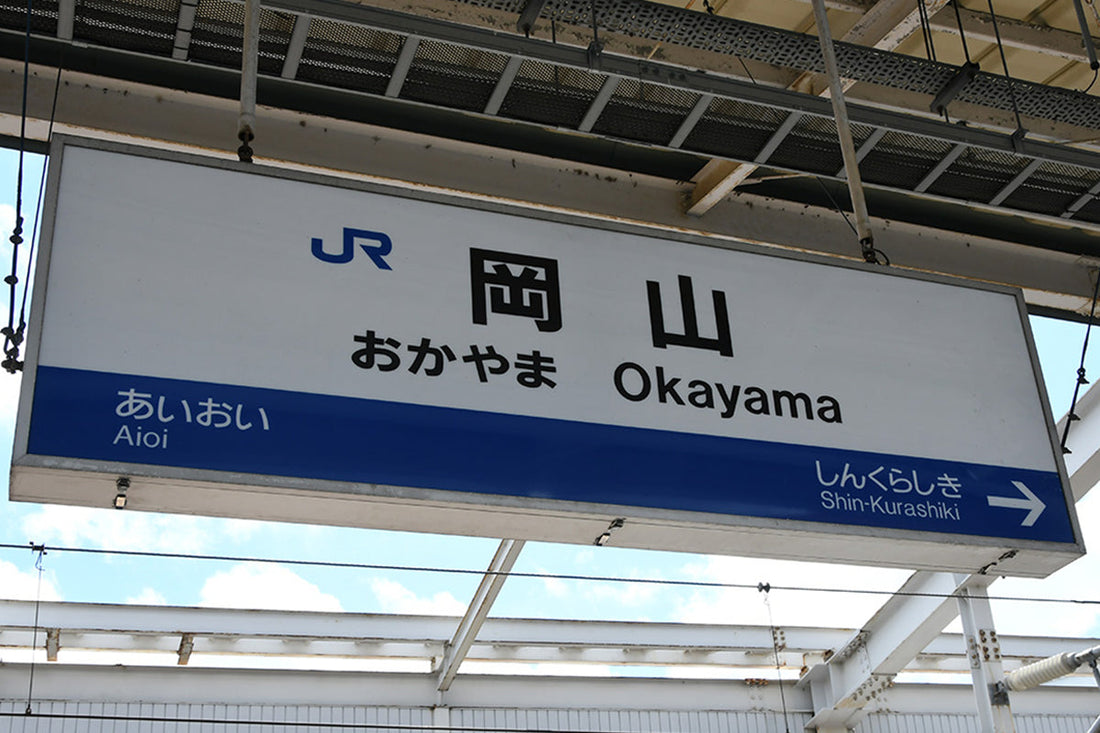
Artist Visit - Manabu Suehiro
Share
|
This summer, I was privileged to visit some of Japan's most skilled artisans, immersing myself in their creative worlds. Thank you for understanding that the website was paused during my stay in Japan. Just 30 minutes by car outside the city, the rice fields stretch as far as the eye can see, with plump, golden grains ready for harvest. The landscape, dotted with small, lush mountains thick with greenery, felt like stepping into Totoro’s backyard—a natural beauty that always takes my breath away.
|
|
Sleepless with Anagama Kilns |
Across from the Samukaze Pottery Center is Suehiro-san’s workshop, where he has built everything by hand—from small anagama kilns to large, traditional climbing kilns. When firing his pieces, he tends to the flames constantly, often for five days to a week. Yet, only about half of what he fires makes it out into the world as finished works, sometimes even less. The unpredictable nature of the process is a testament to the dedication and patience required in this craft.


|
"It's just so interesting" |
|
Suehiro-san was not the difficult, brooding artist I had generally imagined. Instead, he exuded a quiet, flexible passion for creating, a feeling that has guided him since he began his craft at 18. When I asked him if he ever had doubts about continuing as a potter, he casually replied, “Doubts? Hmm, no, not really. It’s just so interesting.” He explained how fascinating it is to explore how Sue ware was made in ancient times, how to replicate those ancient techniques today, and what it would take to push modern methods even further. I am eager to see how Suehiro-san’s sense of "interesting" will continue to evolve. |


